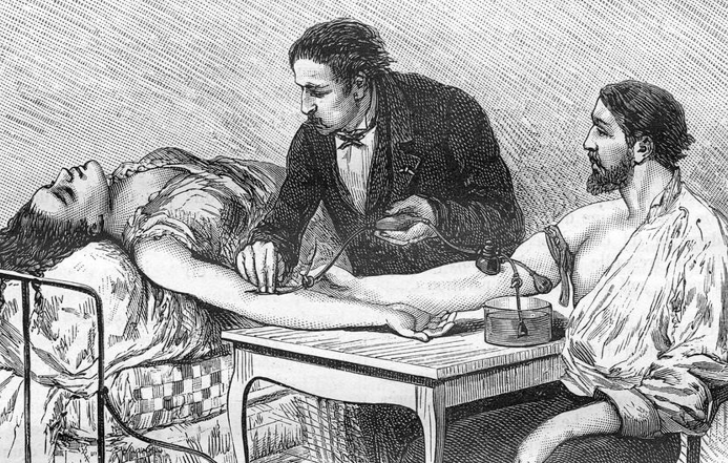On March 27, 1914, the first successful modern blood transfusion was performed. There had been a long history of attempted blood transfusions before then, but they always had something wrong with the setup. Thus, they all ended badly. Belgian doctor Albert Hustin had a new idea—one that would make blood transfusions a viable medical procedure.
The first transfusion was attempted in 1492. The patient and all three donors died in the process. It couldn’t have worked anyway, as they tried giving the patient the donated blood through his mouth due to a lack of a modern anatomical understanding. After that, various experiments were conducted on transfusing animal blood into human beings. Unsurprisingly, this also always ended in the death of the patient. In 1818, doctors finally realized that human donors were needed for human patients, and in 1818, a British doctor named James Blundell carried out a successful human-to-human transfusion.
This procedure was of limited value, though. It had to be done directly from the donor to the patient because blood coagulates if it spends any time out of the body.
Until Dr. Hustin came along. He realized that you could take blood from a donor, use sodium citrate to keep it from coagulating and store it for when it is needed. On March 27, 1914, he proved that his idea worked, carrying out the first successful non-direct blood transfusion. And with that, he brought about the modern era of blood drives and blood transfusions, saving literally millions of lives.

